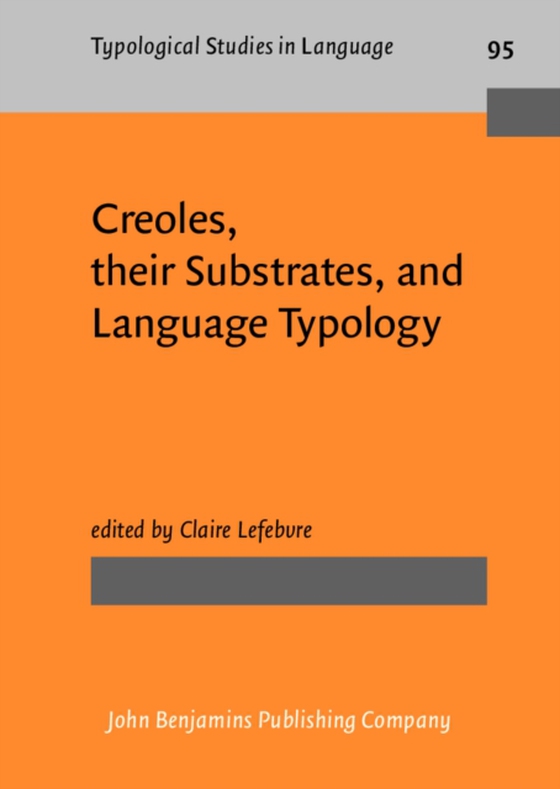
Creoles, their Substrates, and Language Typology e-bog
875,33 DKK
(inkl. moms 1094,16 DKK)
Since creole languages draw their properties from both their substrate and superstrate sources, the typological classification of creoles has long been a major issue for creolists, typologists, and linguists in general. Several contradictory proposals have been put forward in the literature. For example, creole languages typologically pair with their superstrate languages (Chaudenson 2003), wit...
E-bog
875,33 DKK
Udgivet
17 februar 2011
Længde
640 sider
Genrer
2ZP
Sprog
English
Format
pdf
Beskyttelse
LCP
ISBN
9789027287434
Since creole languages draw their properties from both their substrate and superstrate sources, the typological classification of creoles has long been a major issue for creolists, typologists, and linguists in general. Several contradictory proposals have been put forward in the literature. For example, creole languages typologically pair with their superstrate languages (Chaudenson 2003), with their substrate languages (Lefebvre 1998), or even, creole languages are alike (Bickerton 1984) such that they constitute a "e;definable typological class"e; (McWhorter 1998). This book contains 25 chapters bearing on detailed comparisons of some 30 creoles and their substrate languages. As the substrate languages of these creoles are typologically different, the detailed investigation of substrate features in the creoles leads to a particular answer to the question of how creoles should be classified typologically. The bulk of the data show that creoles reproduce the typological features of their substrate languages. This argues that creoles cannot be claimed to constitute a definable typological class.
 Dansk
Dansk

